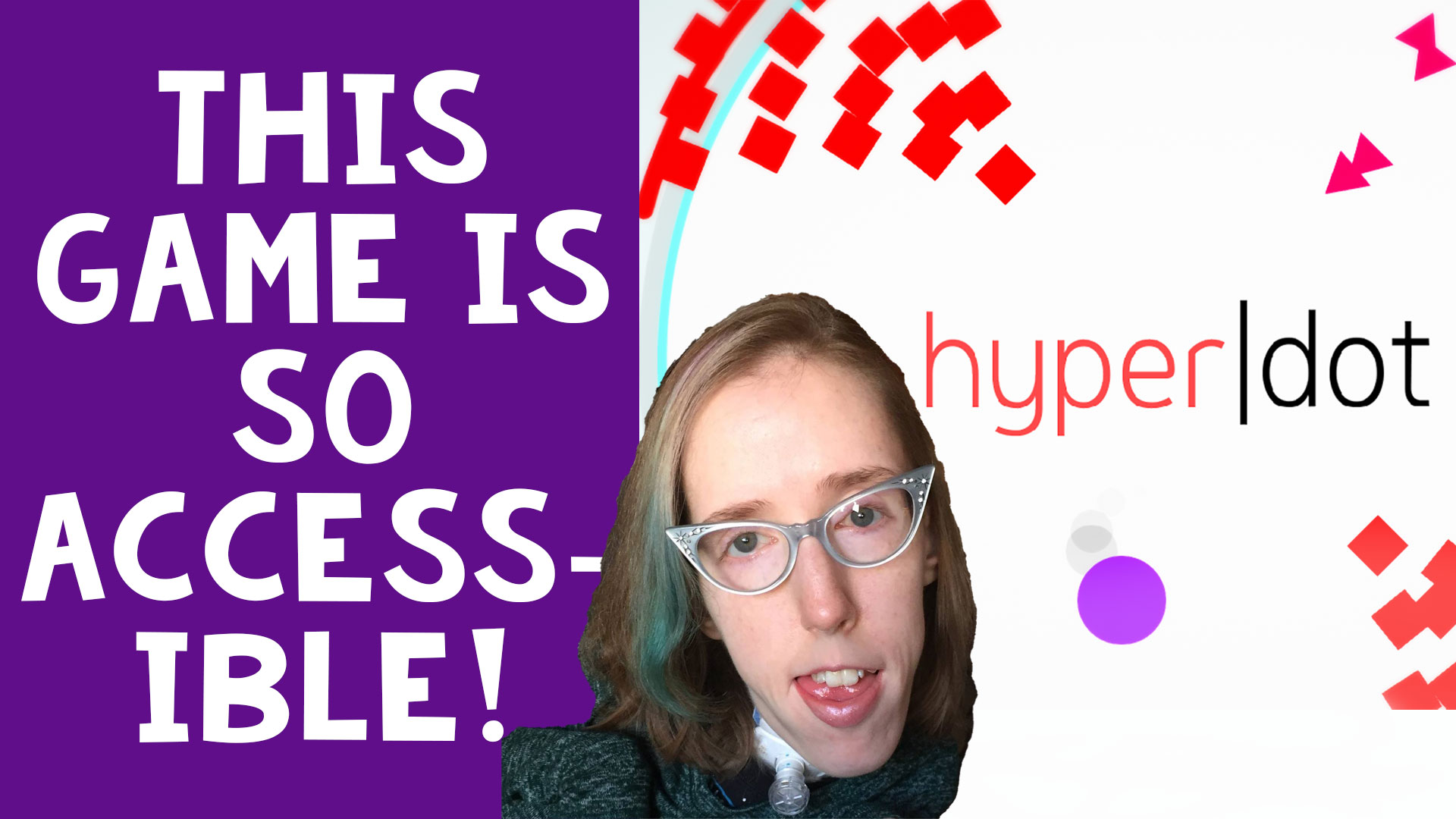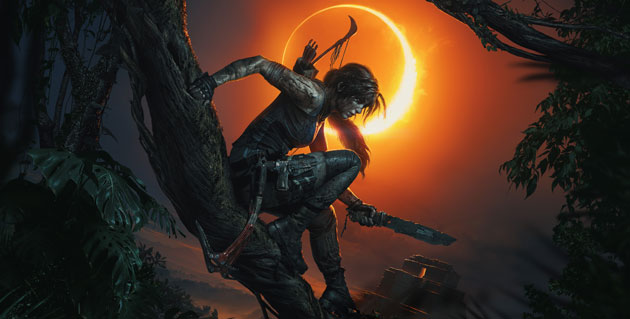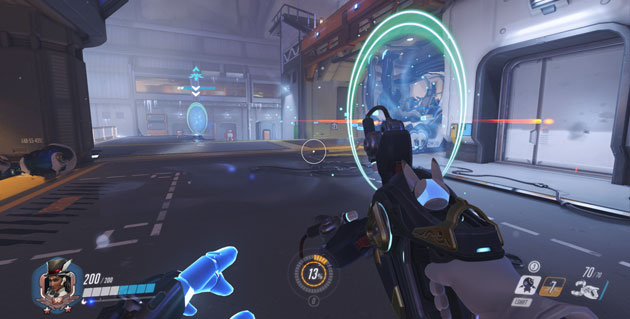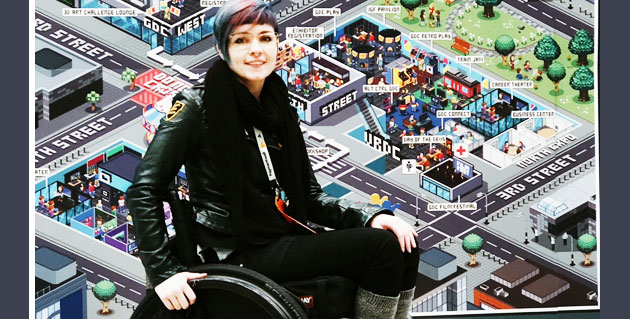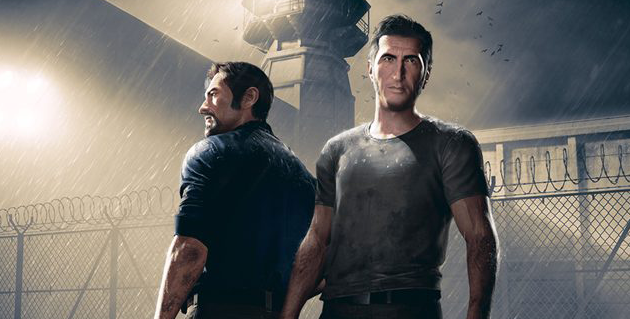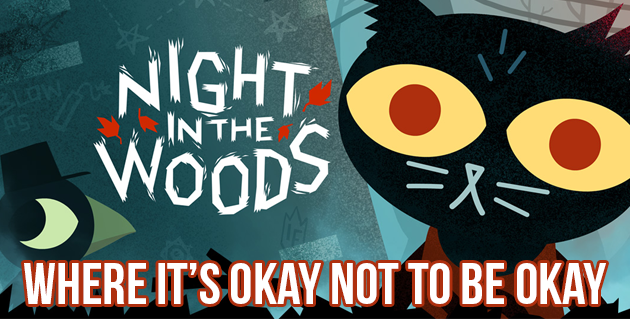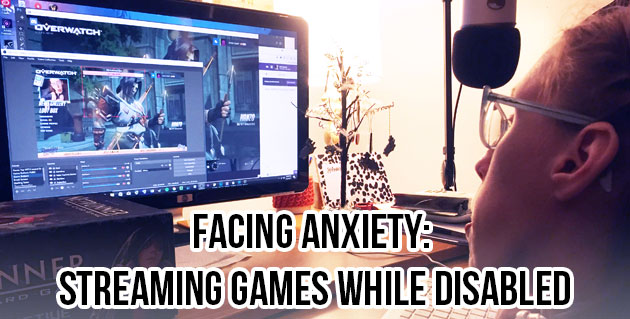Welcome to the blog tour for the book Super Sick: Making Peace with Chronic Illness! I’m excited to host Allison here at The Geeky Gimp. Each stop in the tour features a fictional character who experiences chronic pain or illness. Check out the rest of the tour dates below!
By Allison Alexander
Often, when a book or movie represents a disability or illness, the entire thing is about that illness; think Forrest Gump or The Fault in Our Stars. These characters’ identities are entirely swallowed up by their disabilities. In other shows, characters with illnesses are only there on the sidelines to “inspire” the protagonist, in the way that Tiny Tim’s only purpose in A Christmas Carol is to be pitied by Scrooge.


